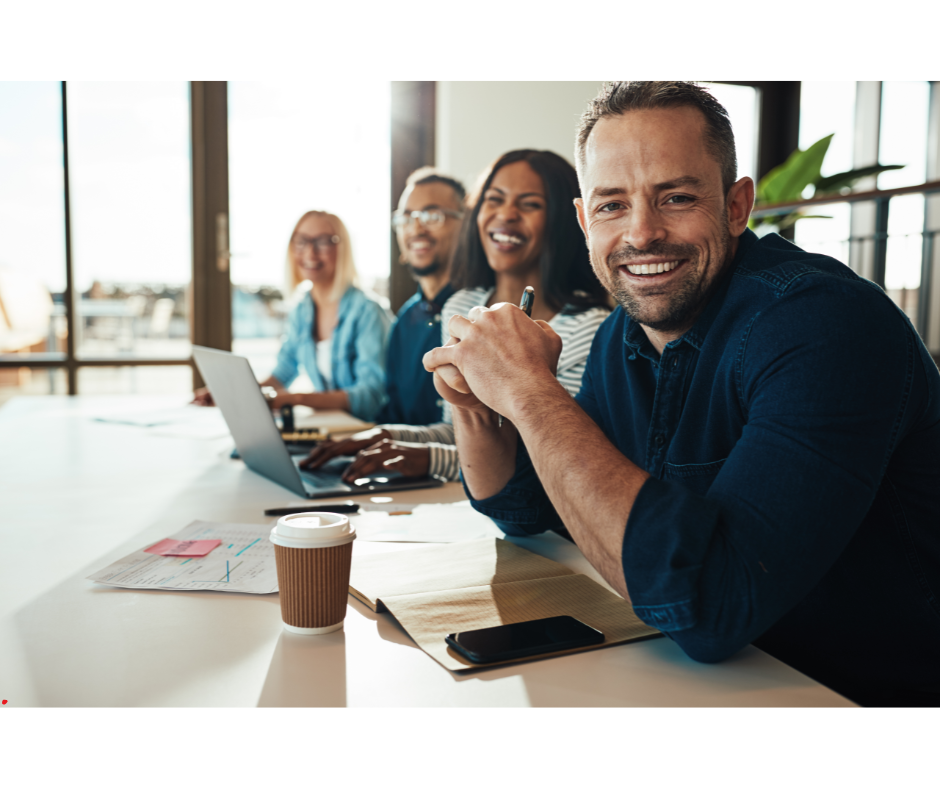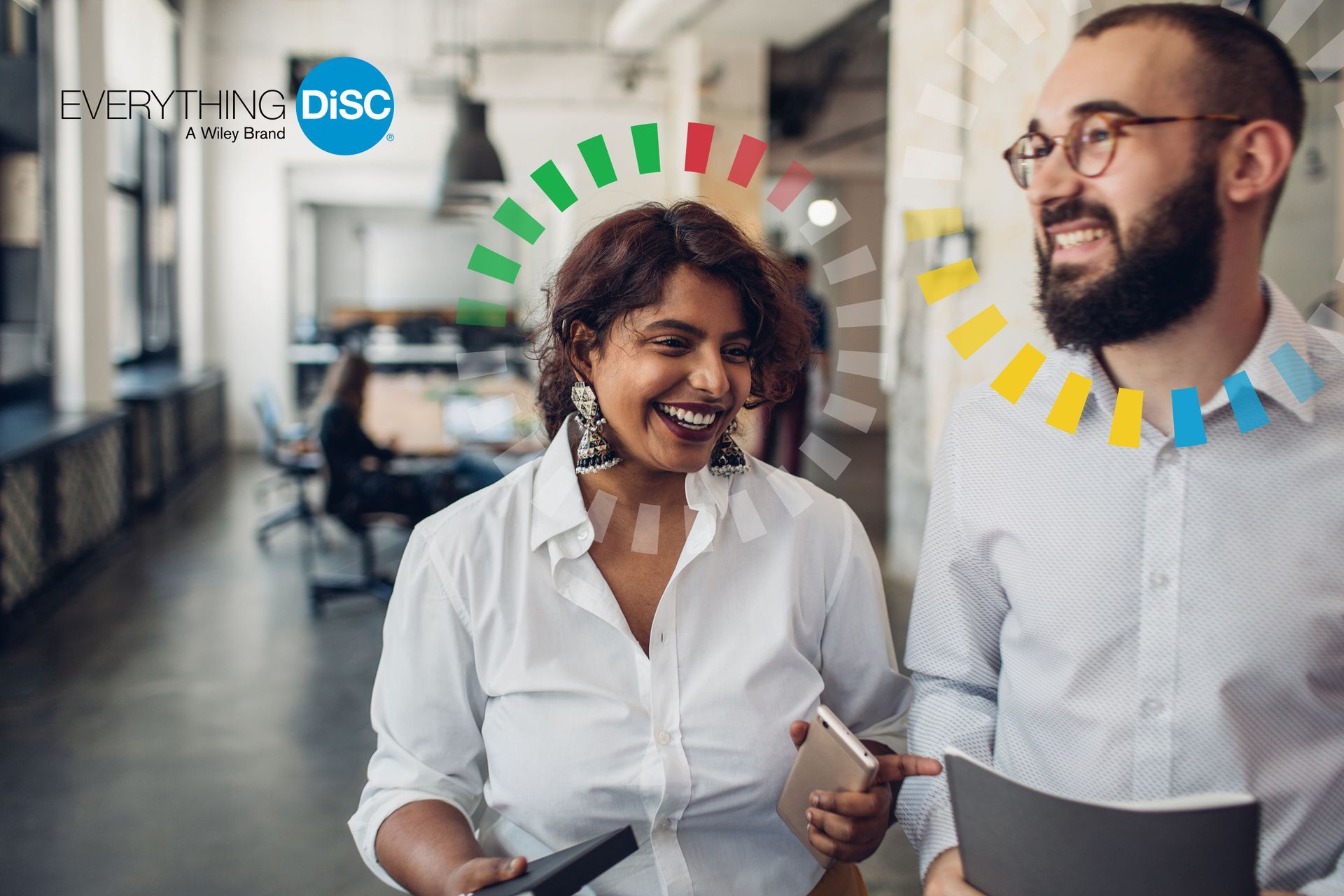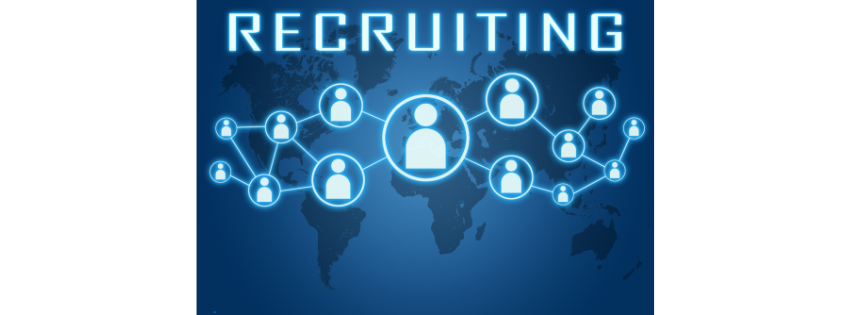By: Melissa Barlock
The Key to Lifelong Learning And Success
They say that leaders are born, not made. While some may naturally possess leadership qualities, the truth is that great leaders are constantly evolving and improving—and one of the best ways to do this is through reading. Whether you’re at the helm of a company, managing a team, or aspiring to lead, developing the habit of reading is one of the most powerful tools for growth, both personally and professionally.
Why is reading so crucial for leaders? Here are a few ways it can shape your leadership journey and set you apart from the rest.
1. Continuous Learning and Growth
Leaders understand that learning never stops. The world is always changing, industries evolve, and new challenges emerge. The best leaders are lifelong learners, and reading allows them to stay ahead of the curve. From new management techniques to emerging trends in technology, staying informed through reading keeps leaders adaptable and equipped to navigate the unknown.
As author and leadership expert John C. Maxwell once said, “The greatest leadership challenge is leading yourself.” To lead others effectively, you need to first lead yourself—and reading is one of the most efficient ways to sharpen your skills, broaden your knowledge, and improve your ability to make well-informed decisions.
2. Increased Empathy and Emotional Intelligence
Reading isn’t just about accumulating knowledge; it’s also a way to develop empathy and emotional intelligence, qualities every great leader should possess. When leaders read fiction or memoirs, for example, they are exposed to diverse perspectives and experiences. This helps them understand the human condition more deeply, which translates to being a more compassionate and emotionally aware leader.
Empathy is crucial for building strong relationships within teams and fostering a positive, inclusive work culture. Through reading, leaders can better grasp how different people think, feel, and respond to various situations—ultimately making them more effective communicators and problem solvers.
3. Inspiration and New Ideas
Books, whether business-focused or otherwise, are rich sources of inspiration. Many leaders turn to reading to discover new ideas and innovative approaches to their challenges. A single book can spark creativity, present a new way of thinking, or offer a fresh solution that hadn’t been considered before.
Some of the world’s most successful leaders, from Warren Buffett to Bill Gates, credit much of their success to reading. In fact, Gates once said, “Reading is my favourite way to indulge my curiosity.” It’s through this constant search for knowledge and inspiration that leaders are able to push boundaries and lead their organizations in bold, new directions.
4. Sharpening Critical Thinking and Problem-Solving Skills
Being a leader means making tough decisions and solving complex problems. Reading—especially nonfiction, academic literature, and biographies of great leaders—helps develop critical thinking skills. The more you read, the more you expose your brain to different arguments, analyses, and ideas. This process of digesting, reflecting, and synthesizing information improves your ability to approach problems with a more nuanced and strategic mindset.
Whether you're navigating day-to-day challenges or making high-stakes decisions, reading provides mental tools and frameworks that allow you to think critically and act decisively.
5. Building Discipline and Focus
Leaders know that focus and discipline are crucial to success. In a world full of distractions, reading requires—and builds—both. Setting aside time to read every day, even if it’s just 20 minutes, helps leaders develop the discipline to stay on track. Reading is a mental exercise that sharpens focus, teaching leaders the value of patience, persistence, and concentration.
Building the habit of reading also sends a message to your team: leaders lead by example. If you prioritize continuous learning, your team is more likely to follow suit and seek out opportunities for their own development.
6. Broadening Perspectives and Fostering Innovation
Great leaders understand the importance of broadening their horizons and embracing diverse perspectives. By reading widely—across different subjects, genres, and viewpoints—leaders expose themselves to new ways of thinking. This openness can be the key to fostering innovation within their organizations.
Reading about industries outside your own, exploring different cultures, or diving into history can help you draw connections and apply lessons that others might miss. Often, the most groundbreaking ideas come from thinking outside the box, and reading is a great way to cultivate that kind of creative thinking.
7. Staying Ahead of the Competition
Information is power. Reading helps leaders stay informed about industry trends, competitor strategies, and changes in the marketplace. The more you know, the better prepared you are to pivot when needed and seize new opportunities before your competitors do.
Whether you're reading trade publications, business books, or industry reports, staying up to date ensures you're always ready to make informed, forward-thinking decisions.
How to Make Reading a Habit as a Leader
Now that we’ve covered why reading is essential for leaders, how can you incorporate it into your busy schedule? Here are a few tips:
- Set specific reading goals: Whether it’s reading a book a month or dedicating 20 minutes each day, setting goals makes it easier to stay on track.
- Diversify your reading list: Don’t just stick to business books. Explore fiction, biographies, history, and even poetry to expand your thinking.
- Take notes and reflect: As you read, jot down key takeaways or ideas that resonate with you. Reflect on how you can apply them to your work.
- Join or start a book club: A leadership-focused book club can be a great way to discuss insights with others and stay accountable to your reading goals.
Reading is a cornerstone of great leadership. It nurtures curiosity, sharpens skills, and provides a wealth of inspiration and knowledge. By making reading a regular habit, leaders can continue to grow, adapt, and inspire others to follow in their footsteps.
After all, the best leaders know that the journey to greatness never ends—and neither should the quest for knowledge.
Enspire Dental Opportunities is looking forward to working with you.












